We ship worldwide…
Pan & Tilt Cameras Explained: The Simple Guide to Smart Home Security

Pan & Tilt Cameras Explained: The Simple Guide to Smart Home Security
In today’s world it feels more necessary than ever to keep our homes and workplace safe. Home security is now easier and less expensive than it was in the past, thanks to technology. They were once only available for offices, banks and government buildings but now you can set these devices in your living room, driveways and backyards. One of the best tools for modern security is the pan and tilt camera. These smart cameras can move side to side and up and up and down. This means they can watch more space with fewer blind spots, giving you peace of mind no matter if you are away.
In this blog, we will explain everything you need to know about pan and tilt cameras, how they work, why they are useful, what features to look out for before buying. You will know if these cameras are right for your security needs by the time you finish reading.
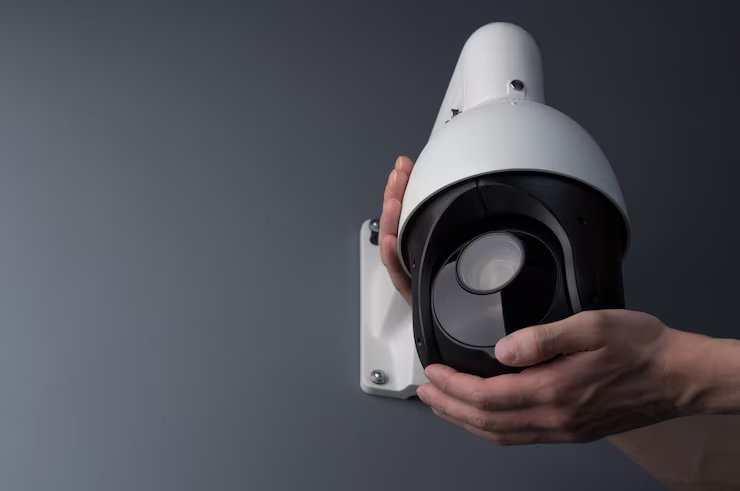
What Are Pan & Tilt Cameras?
A security camera that can move in all directions instead of remaining fixed is called a pan and tilt camera.
- Pan means to the camera’s ability to turn 360 degrees, left and right.
- Tilt means it can move up and down, usually within 90 to 120 degrees.
Some advanced models also have zoom features, called PTZ cameras. These allow you to get a closer look at faraway details without sacrificing quality of image. These cameras are perfect for watching wide spaces, or places where intruders might try to hide because they can move and adjust.
Why Choose Pan & Tilt Cameras for Home Security?
There are lots of camera options on the market. So, why should you pick one that pans and tilts? Here are the biggest reasons:
-
1. Fewer Cameras, More Coverage
With fixed cameras, you often need several units to cover a big area. A single pan and tilt camera can move around to watch nearly the same space, saving you money and making setup easier.
-
2. Remote Control from Your Phone
Most models today connect to smartphone apps. That means you can control the camera from anywhere. Heard a strange sound in your yard? Just open the camera app, pan the camera towards the noise and you can see what's happening without stepping outside.
-
3. Motion Tracking
High-end pan and tilt cameras like the VCamIntraEye611 don’t just move when you tell them to. They can automatically track motion. If someone walks across your driveway, the camera will follow them until they are in frame.
-
4. Works Indoors and Outdoors
Want to keep an eye on your front door, backyard, and garage? Or you just want to check on your kids? WiFi-enabled pan and tilt cameras are versatile enough for all these tasks and can be installed easily without any complicated wiring.
-
5. Smart Home Integration
These cameras work with Google Assistant and Amazon Alexa. You can view video on your smart display, connect them to your lights, and use voice commands.
Must-Have Features in a Pan & Tilt Camera
Not all cameras are built the same. Consider the following when choosing one:
Resolution: The standard 1080p HD is enough for most homes. If you want to identify faces or license plates, 2K or 4K cameras give sharper images.
Night Vision: Look for color or infrared night vision. VCamGuard3300 ensures that even in the dark, you can see clearly.
Motion Detection: AI-powered models can tell the difference between a person, a car, and even your pet. This helps reduce annoying false alerts.
Two-Way Audio: You can speak through the camera with the built-in speakers and microphones. Children can be reminded to lock the door and look out for intruders.
Storage Options: Cloud storage lets you view footage from anywhere, but often comes with a subscription. Local storage using a microSD card or NVR saves clips directly at home, with no monthly fee, but limited space.
Connectivity: WiFi cameras are easy to install but can lose signal in weak spots. Solar-powered cameras are great for remote areas and offer sustainable energy options for outdoor surveillance.
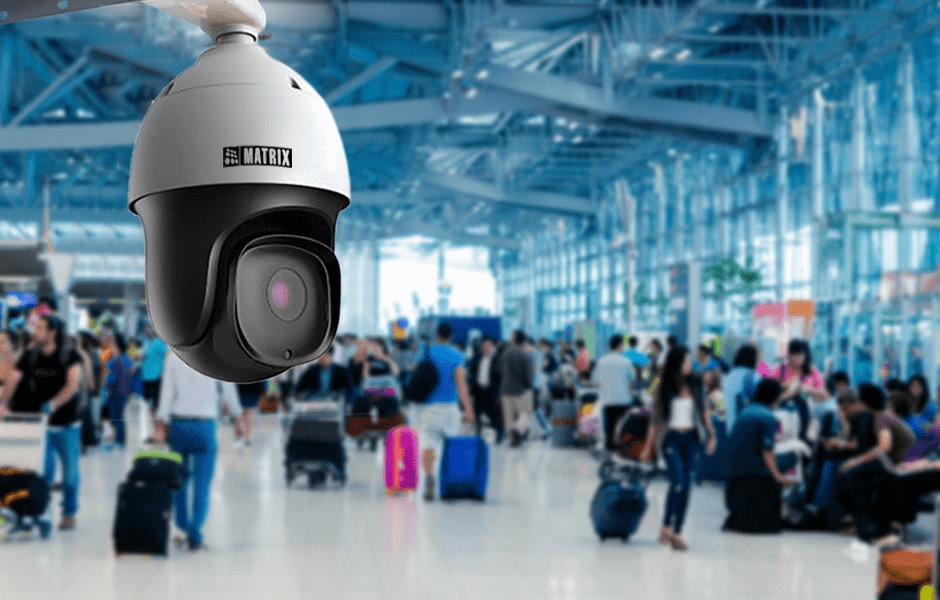

Motion Detection:
- AI powered models can tell the difference between a person, a car, and even your pet. This helps reduce annoying false alerts.
Two Way Audio:
- You can speak through the camera with the built-in speakers and microphones. Children can be reminded to lock the door and look out for intruders.
Storage Options:
- Cloud storage lets you view footage from anywhere, but often comes with a subscription.
- Local storage using a microSD card or NVR saves clips directly at home, no monthly fee, but limited space.
Connectivity:
- WiFi cameras are easy to install but can lose signal in weak spots.
- Wired PoE cameras are more reliable, especially for outdoor use, but are harder to install.
Indoor vs. Outdoor Pan & Tilt Cameras
Indoor Cameras:
Small and sleek, these cameras are easy to place on a shelf or mount in a corner. They’re great for watching over kids, pets, and elderly family members, and are often designed to blend in with your home’s interior.
Outdoor Cameras:
Built with tough, weatherproof casings, outdoor pan and tilt cameras are designed for durability. They come with longer night vision ranges, stronger motion detection, and many include floodlights, alarms, and sirens to scare off trespassers. For outdoor setups, you can also consider solar-powered pan and tilt cameras, which provide reliable monitoring without the need for an electrical outlet.


How To Installing a Pan & Tilt Camera
The good news? Most modern smart cameras are designed the way you install them by yourself. You don’t have to be an expert in technology to set them up.
Step 1: Select a Location
- Indoors: Mount it in a corner for the widest angle.
- Outdoors: Place above entry points like doors, garages, or gates.
Step 2: Mount the Camera
- Some cameras come with wall or ceiling mounts. Others can simply sit on a table or shelf.
Step 3: Connect to Power or Wi-Fi
- Wireless models connect to your home Wi-Fi.
- Wired ones need Ethernet cables and sometimes a drill for setup.
Step 4: Download the App
- Each brand has an app for pairing, live view, and settings.
Step 5: Customize Alerts
- Set notification preferences, select detection zones, and modify motion sensitivity.`
The Role of AI and Smart Features
Today’s pan and tilt cameras do far more than record video. Many come with built-in AI (artificial intelligence) that makes them smarter and more helpful:
- Person Detection: Knows when it’s a human, not a passing cat.
- Package Alerts: Notifies you when a package is delivered to your home.
- Facial Recognition: Certain models are able to identify and differentiate between family members and strangers.
- Smart Routines: Set up alarms or smart lights to activate automatically in response to motion.
This means your camera isn’t just reactive, it can actively help prevent problems.
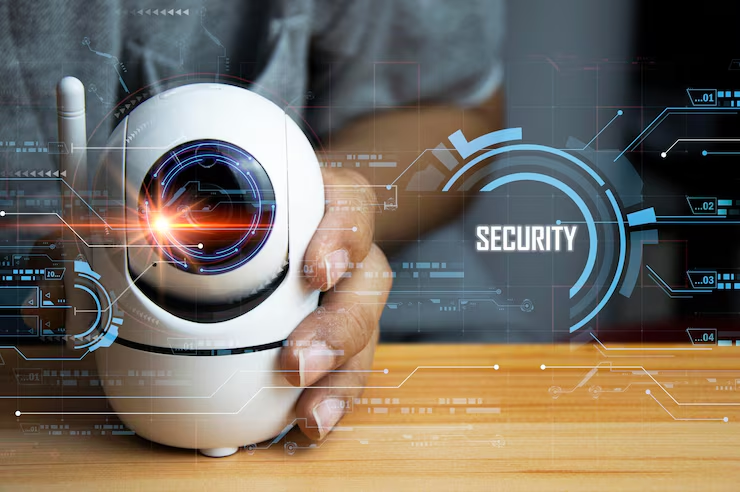
Keeping Safe: Security and Privacy
Smart systems are the connected devices that need to be protected. A hacked camera is worse than no camera at all.
Here are some safety tips:
- Always change default passwords.
- Turn on two factor authentication for your account.
- Stick to reliable brands with strong privacy policies.
To block security loopholes keep your camera’s firmware updated.
Pan & Tilt vs. Other Camera Types
Let’s compare pan and tilt cameras with other common options to help you decide:
- Fixed Cameras: Simple and affordable, but have a limited field of vision.
- Dome Cameras: They are typically fixed in place, but they appear discrete and difficult to tamper with.
- Floodlight Cameras: Don’t move around but scare away the intruders.
- Doorbell Cameras: Are ideal for entrances, but they only cover a single space.
Pan and tilt cameras stand out because they are flexible and provide HD coverage.
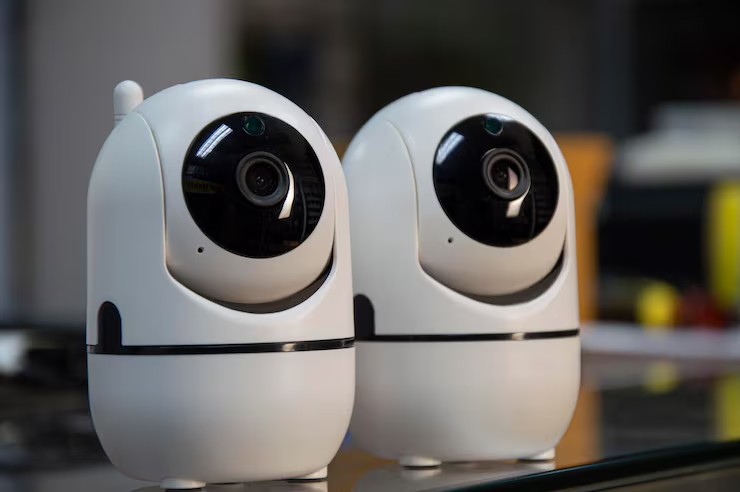
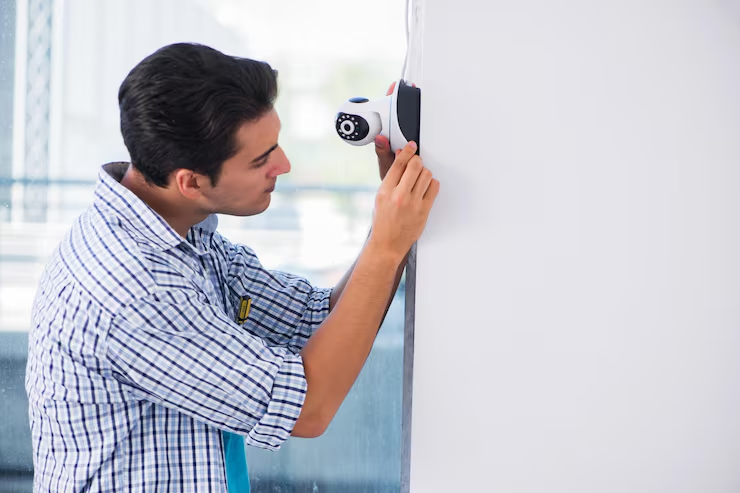
What’s Next for Pan & Tilt Cameras?
The future of home security looks exciting. Expect improvements like:
- Smarter AI: Cameras that are able to spot odd behavior rather than only respond to it.
- Edge Computing: Local video processing for quicker outcomes and greater privacy.
- Sleeker Designs: Stylish cameras that blend in perfectly with homes.
- Better Smart Home Integration : For complete home automation, cameras can interact with thermostats, locks, and other devices.
As technology advances, solar-powered security cameras will become increasingly efficient and integrated with more advanced systems for seamless home security.
Conclusion
Pan and tilt cameras provide an effective yet simple solution for offices and home security. They offer complete coverage with fewer blind spots than fixed cameras because they can rotate both vertically and horizontally. These cameras simplify and secure daily life with features like motion tracking, two-way audio, and remote app control. While outdoor models provide weatherproof protection, indoor ones are perfect for monitoring families and pets. Additionally, an extra layer of intelligence is added by AI-powered features like package detection, facial recognition, and intelligent routines. Whether you opt for WiFi-enabled pan and tilt cameras or solar-powered security cameras, selecting the right camera based on your needs will ensure you have a safe and smart home setup.

 WiFi Camera
WiFi Camera
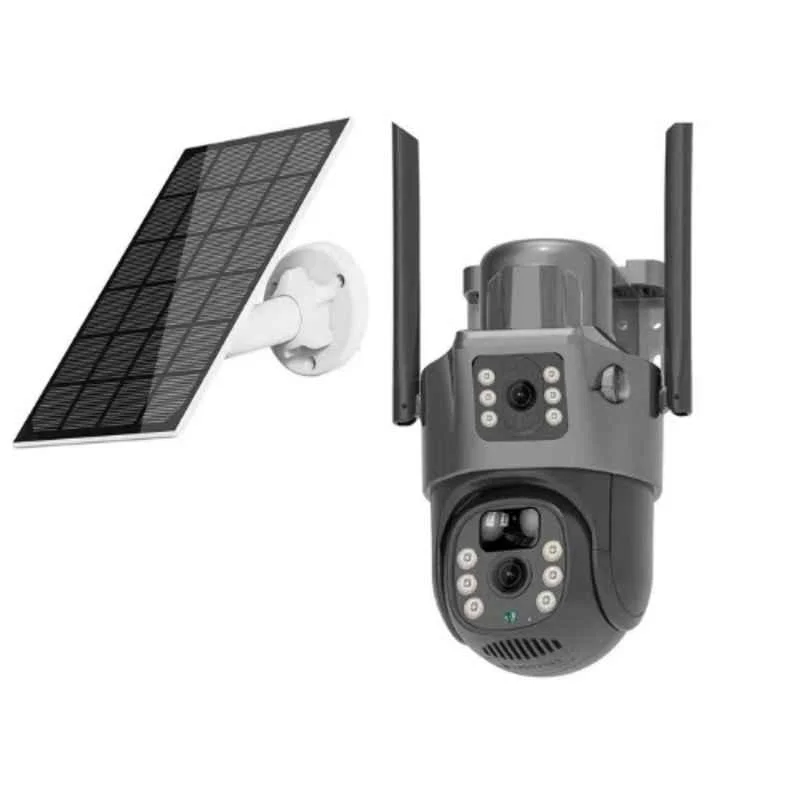 Solar Camera
Solar Camera